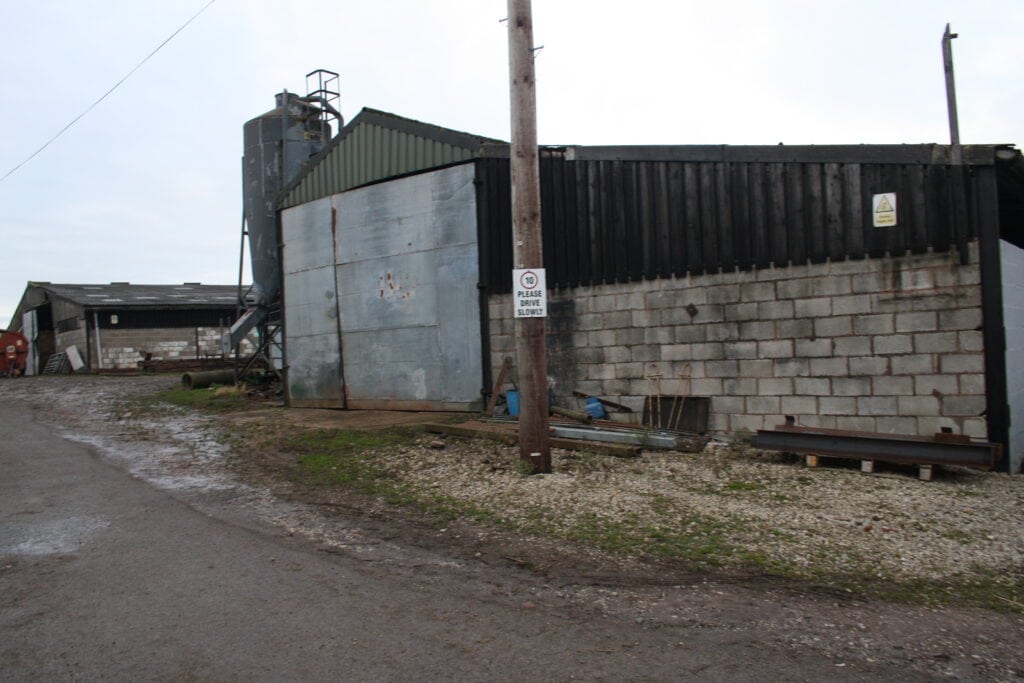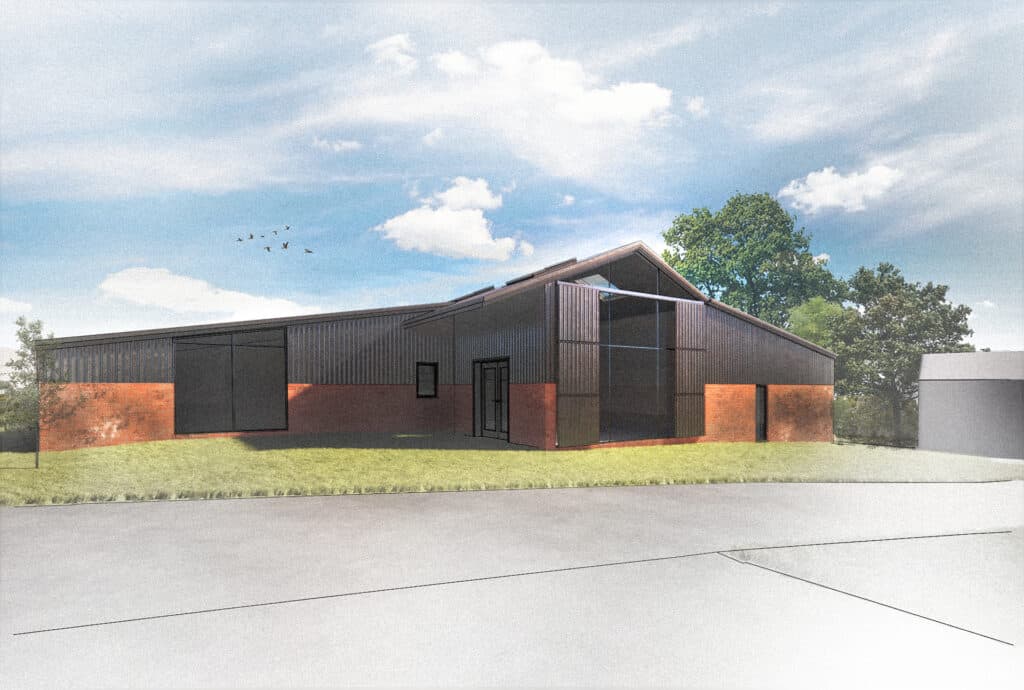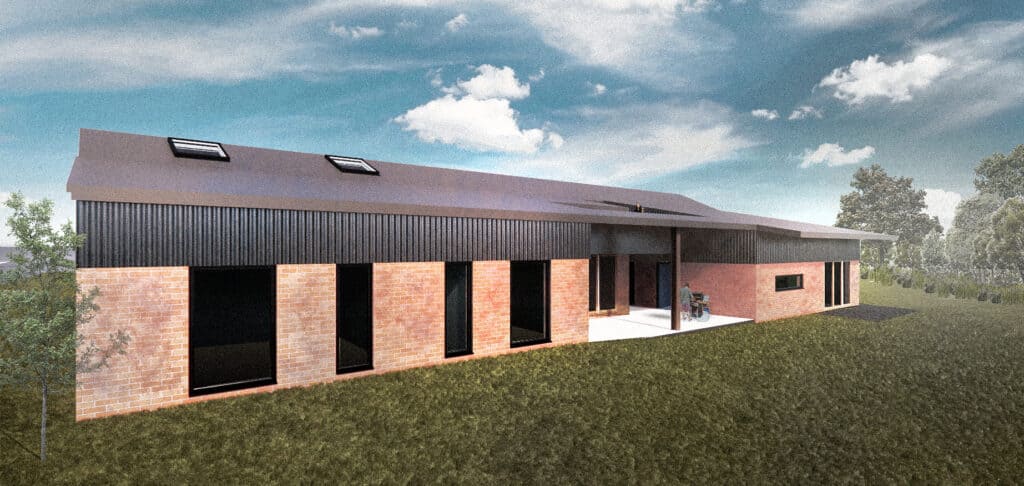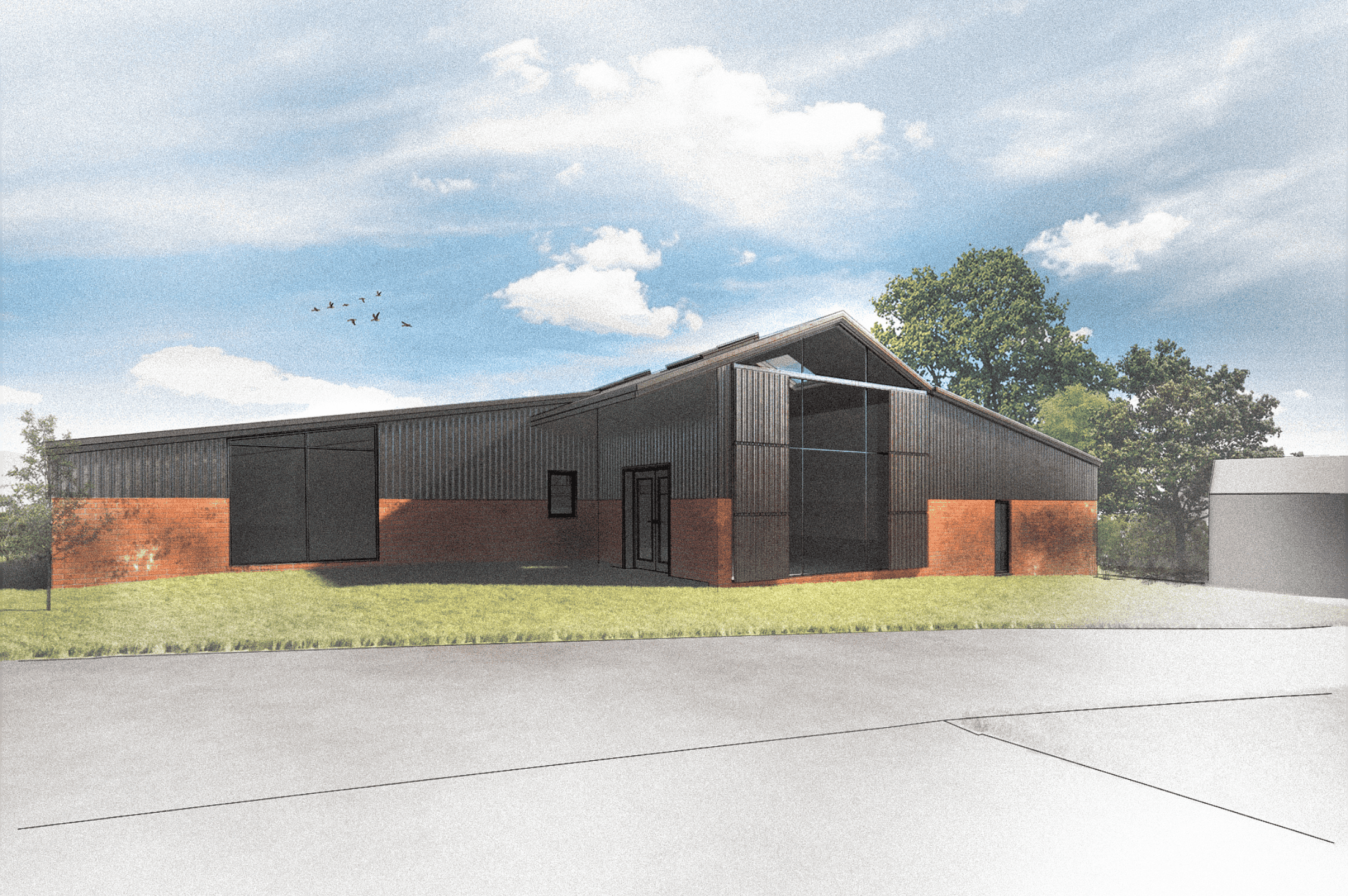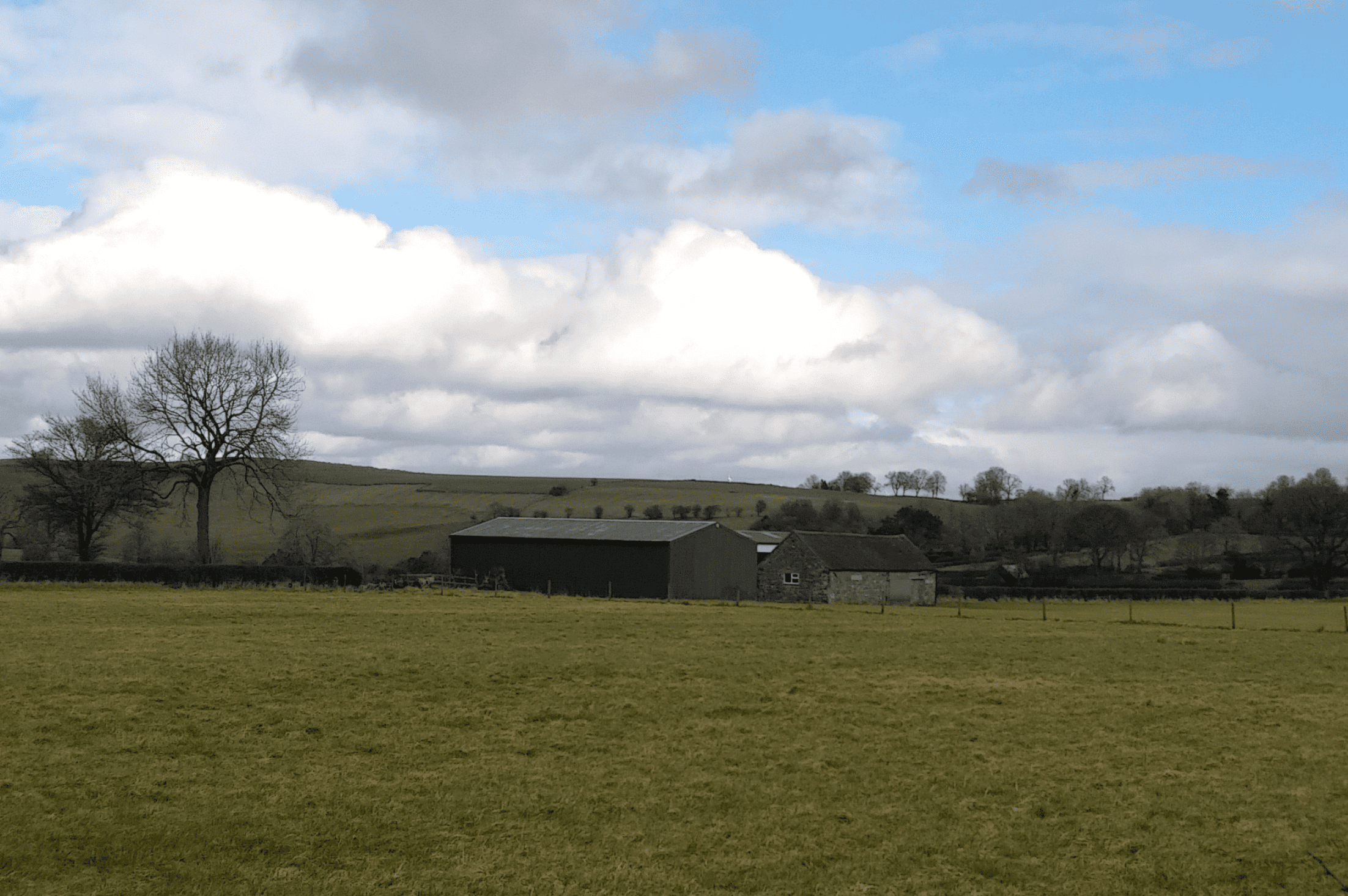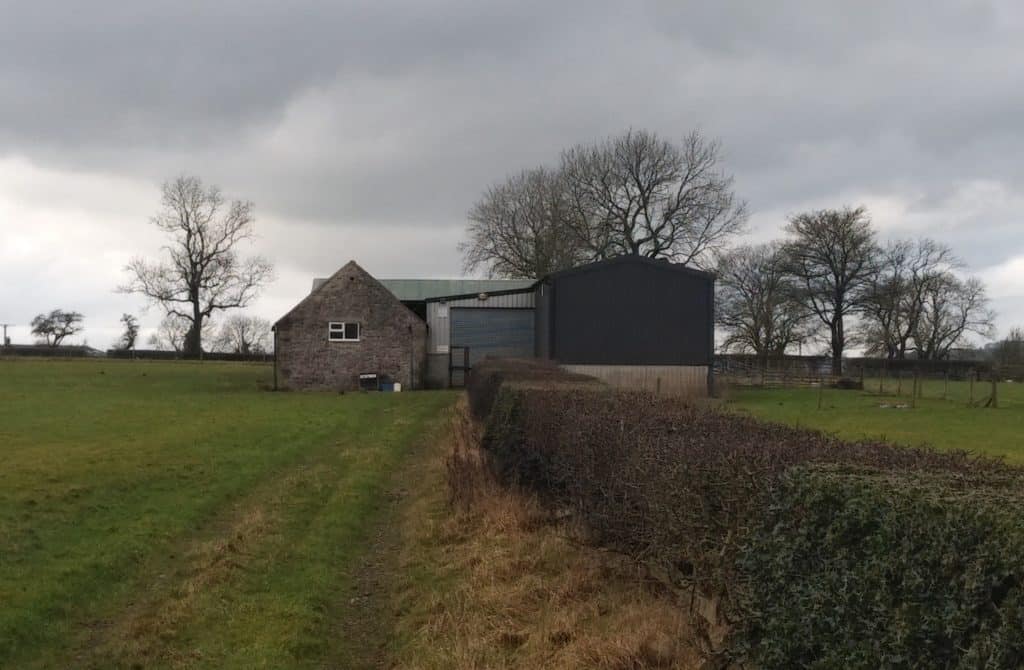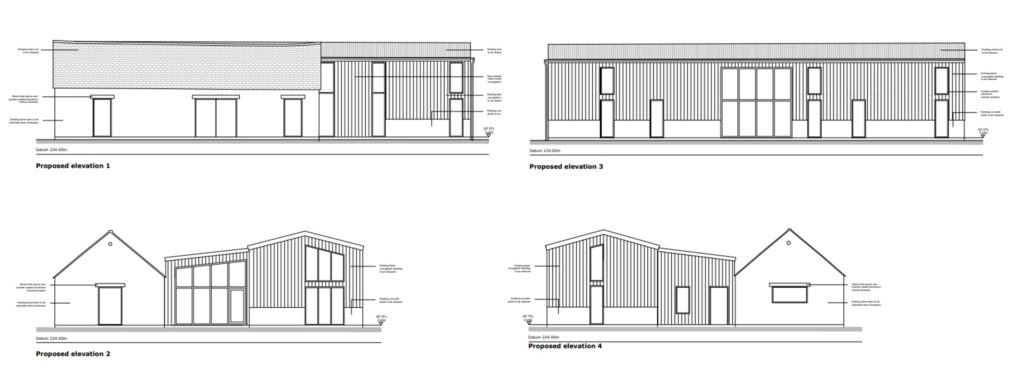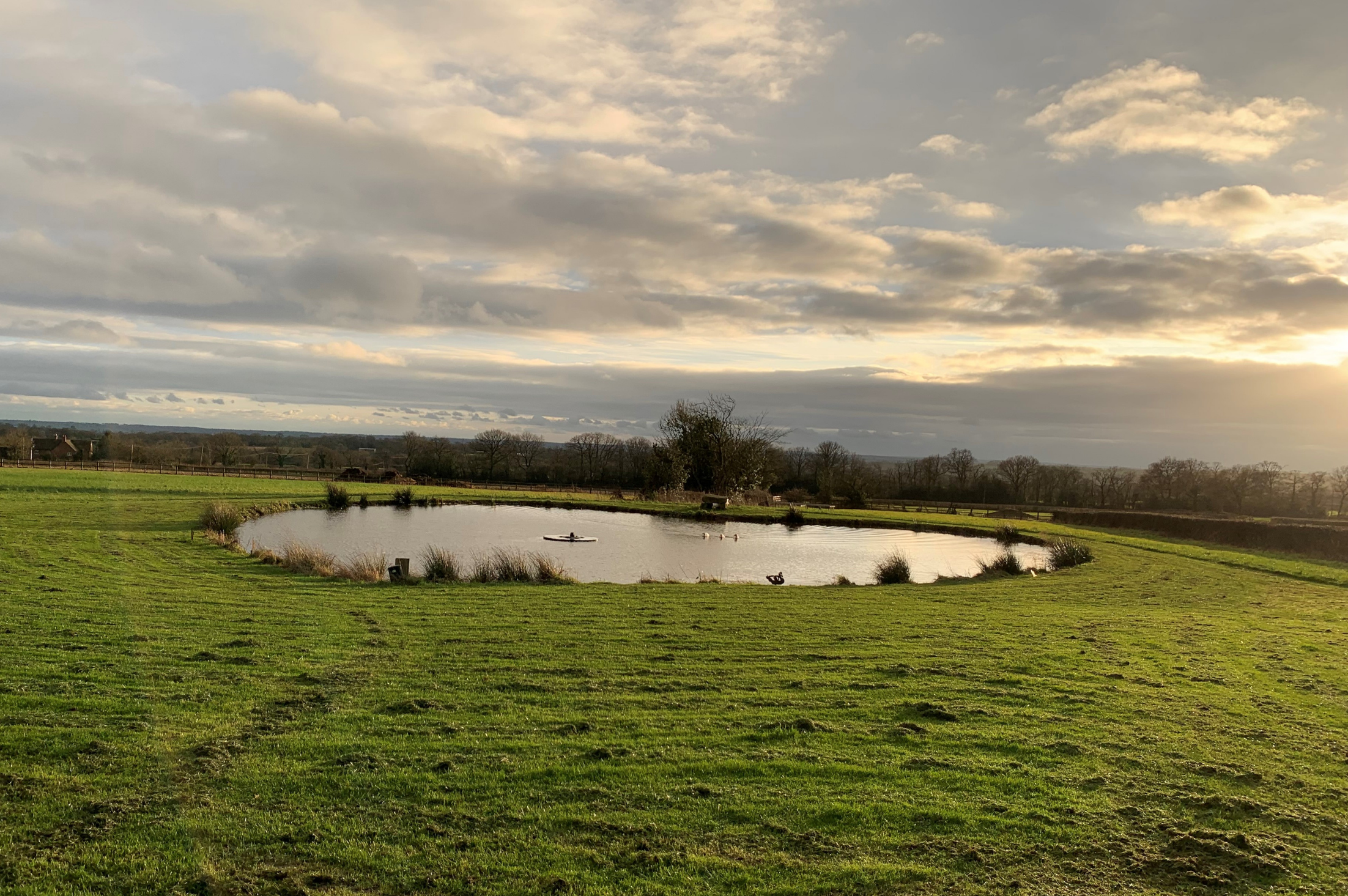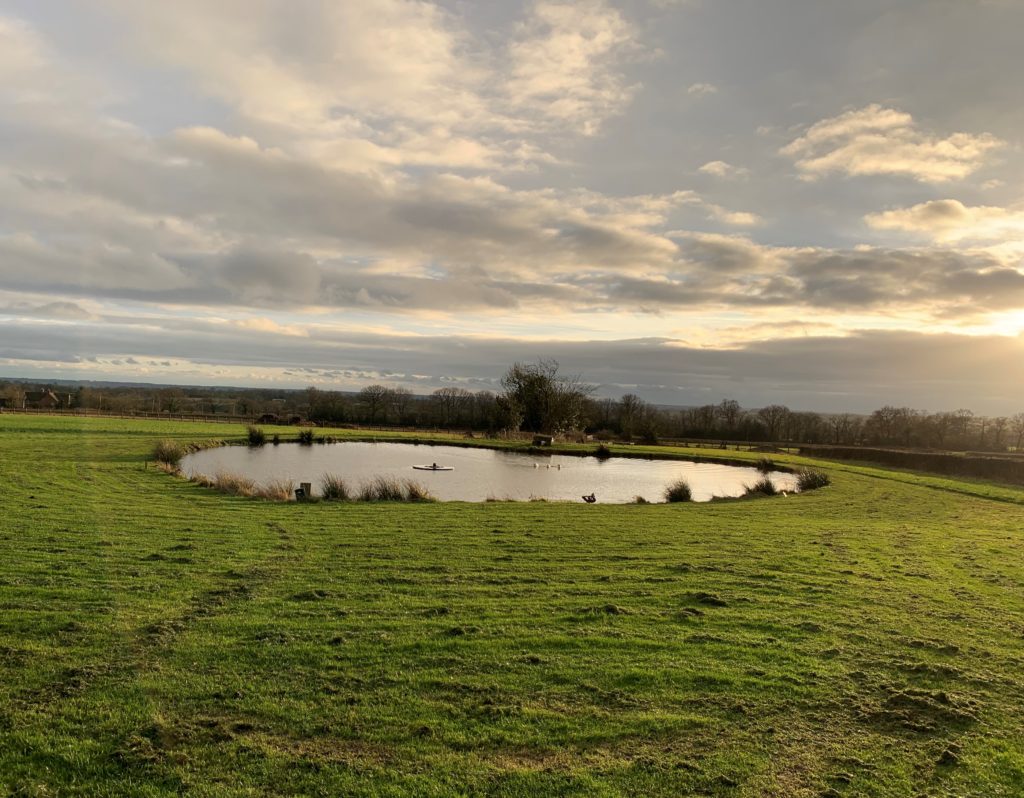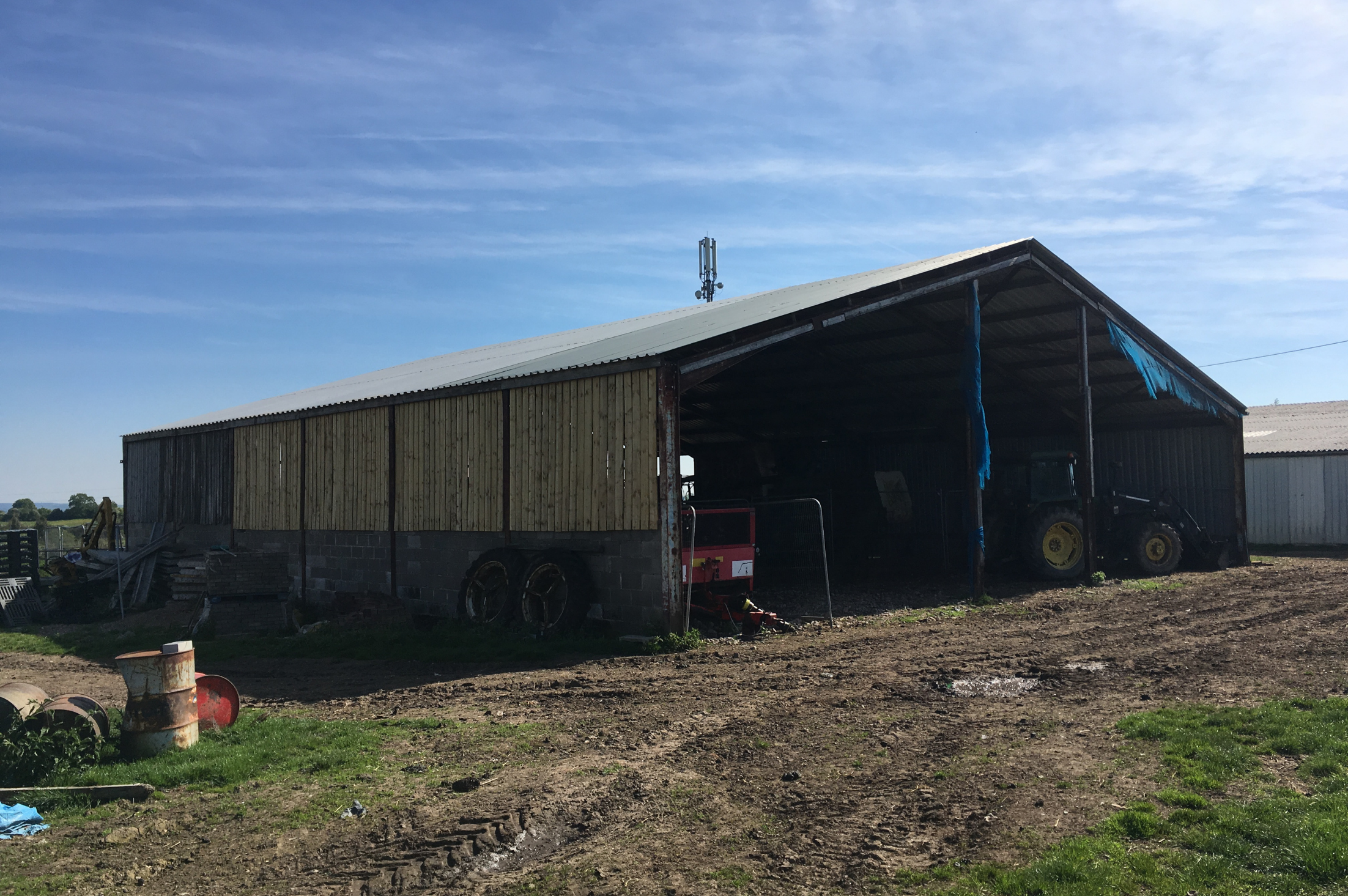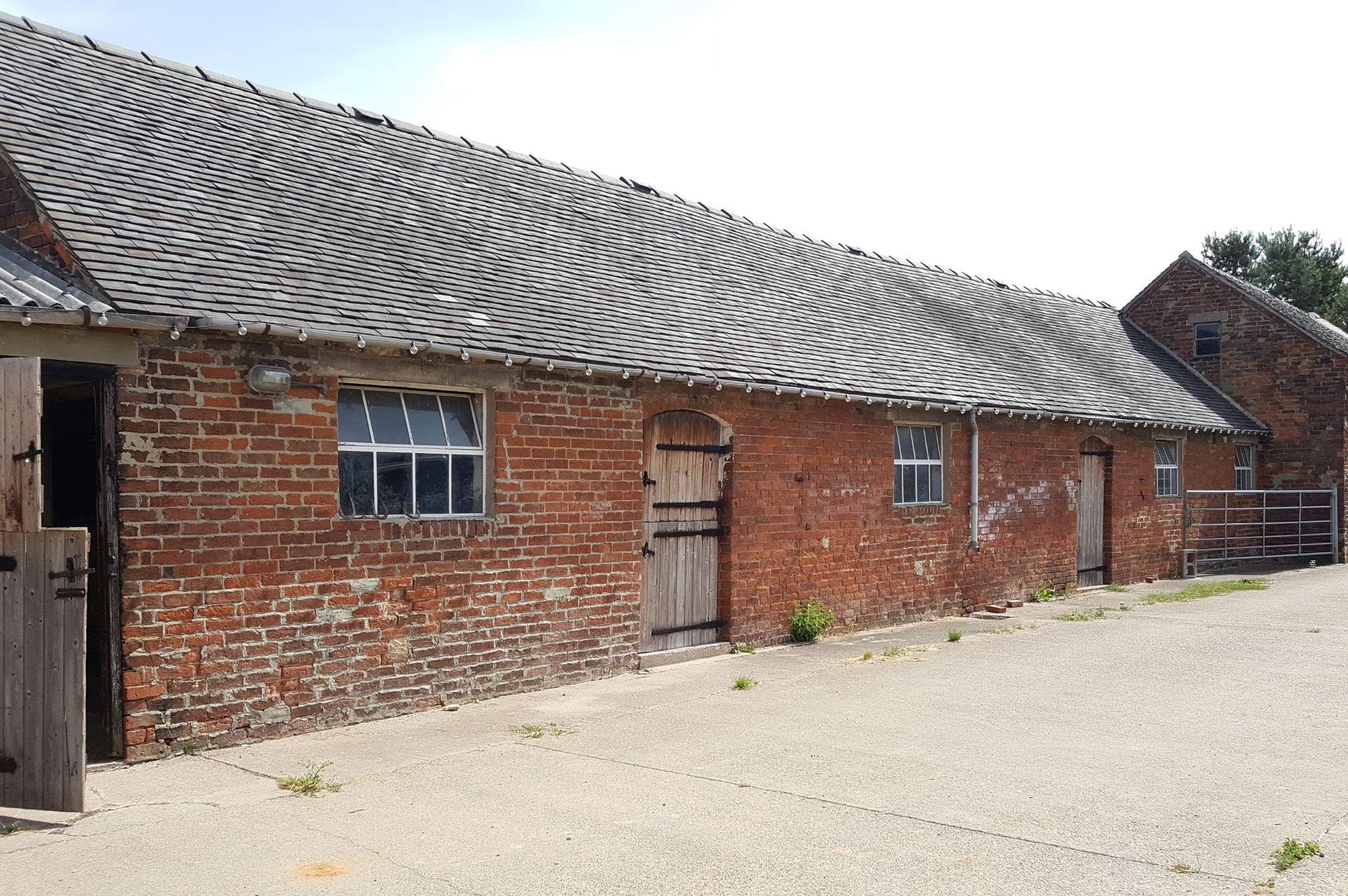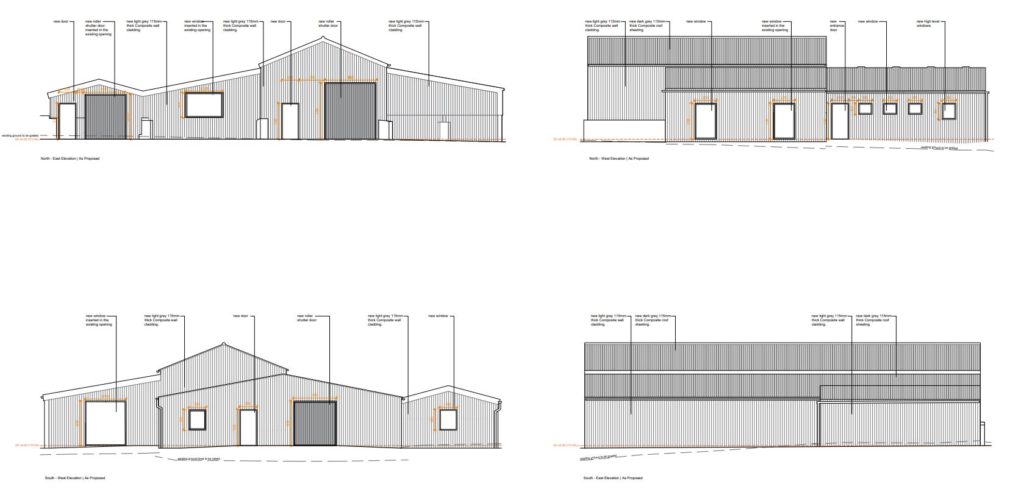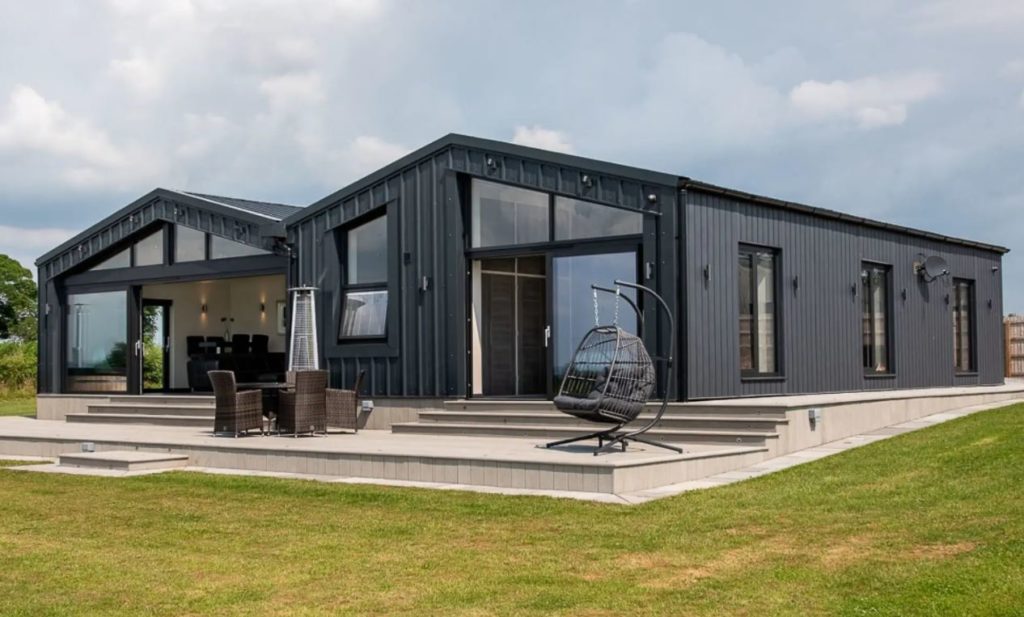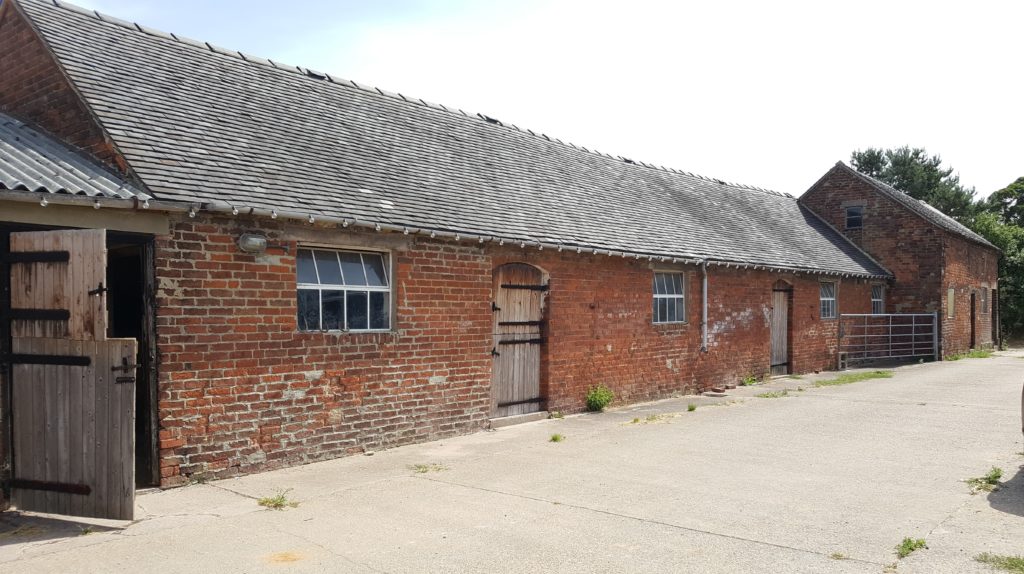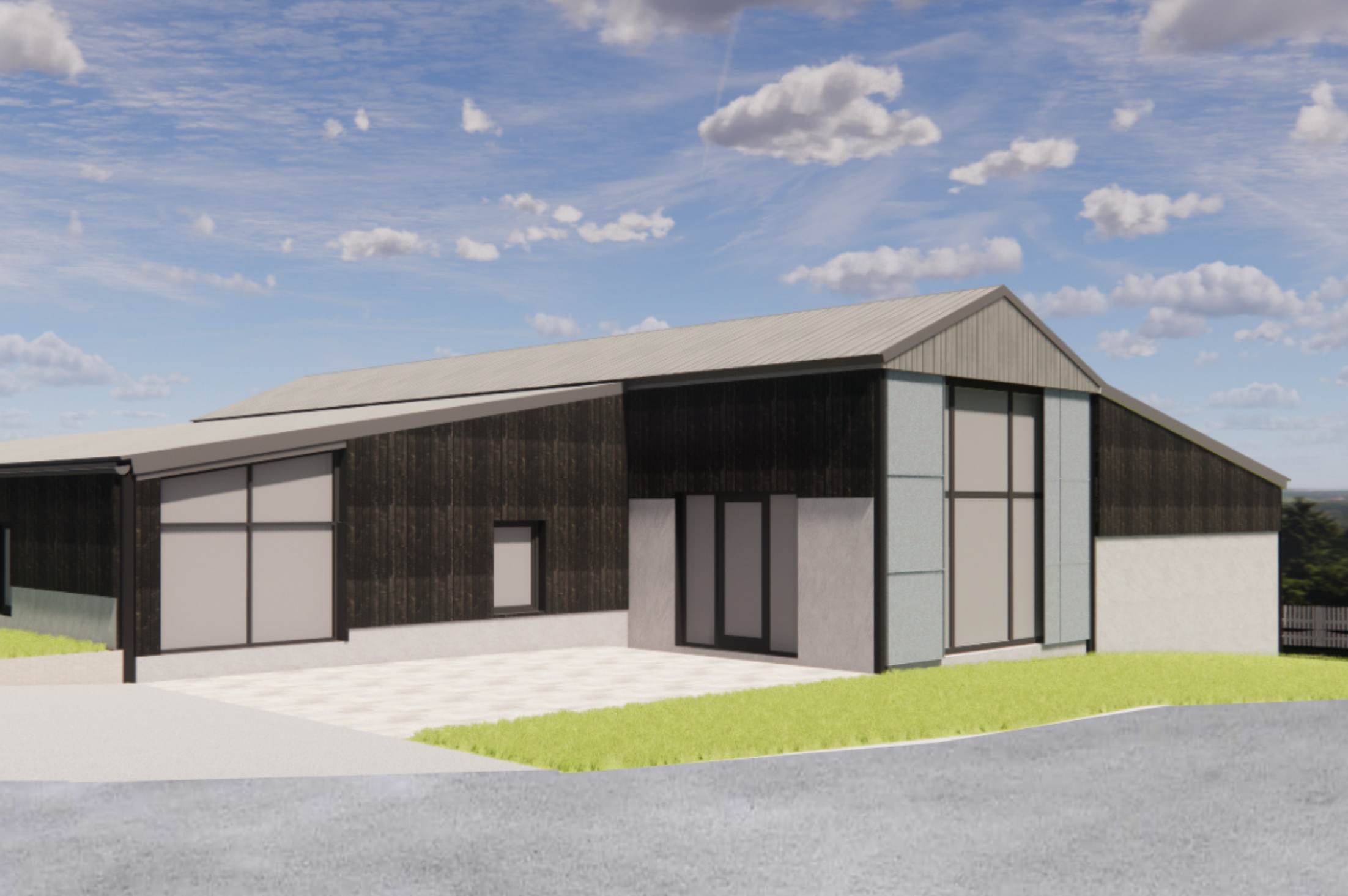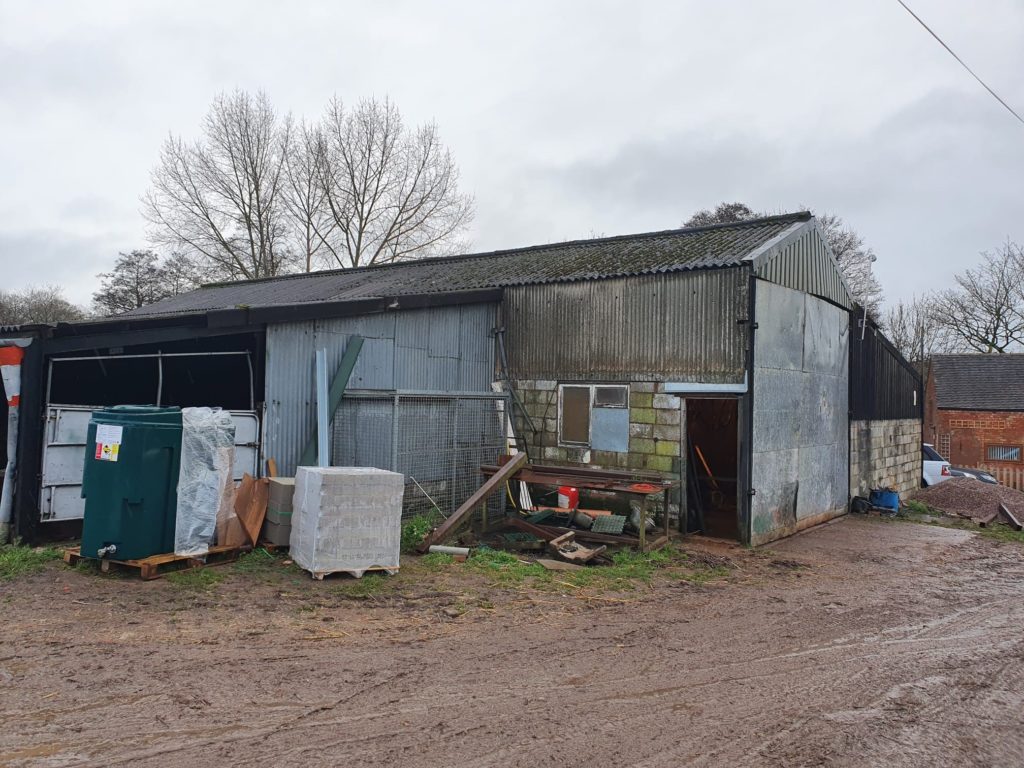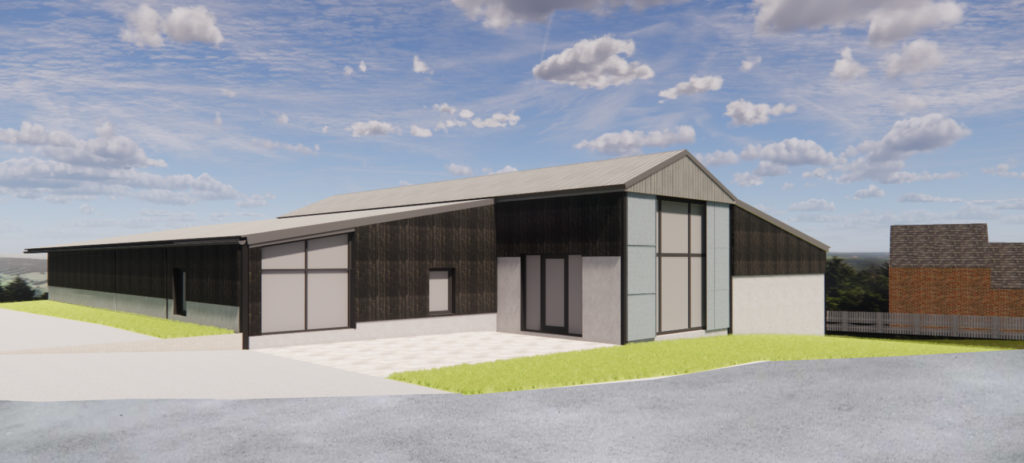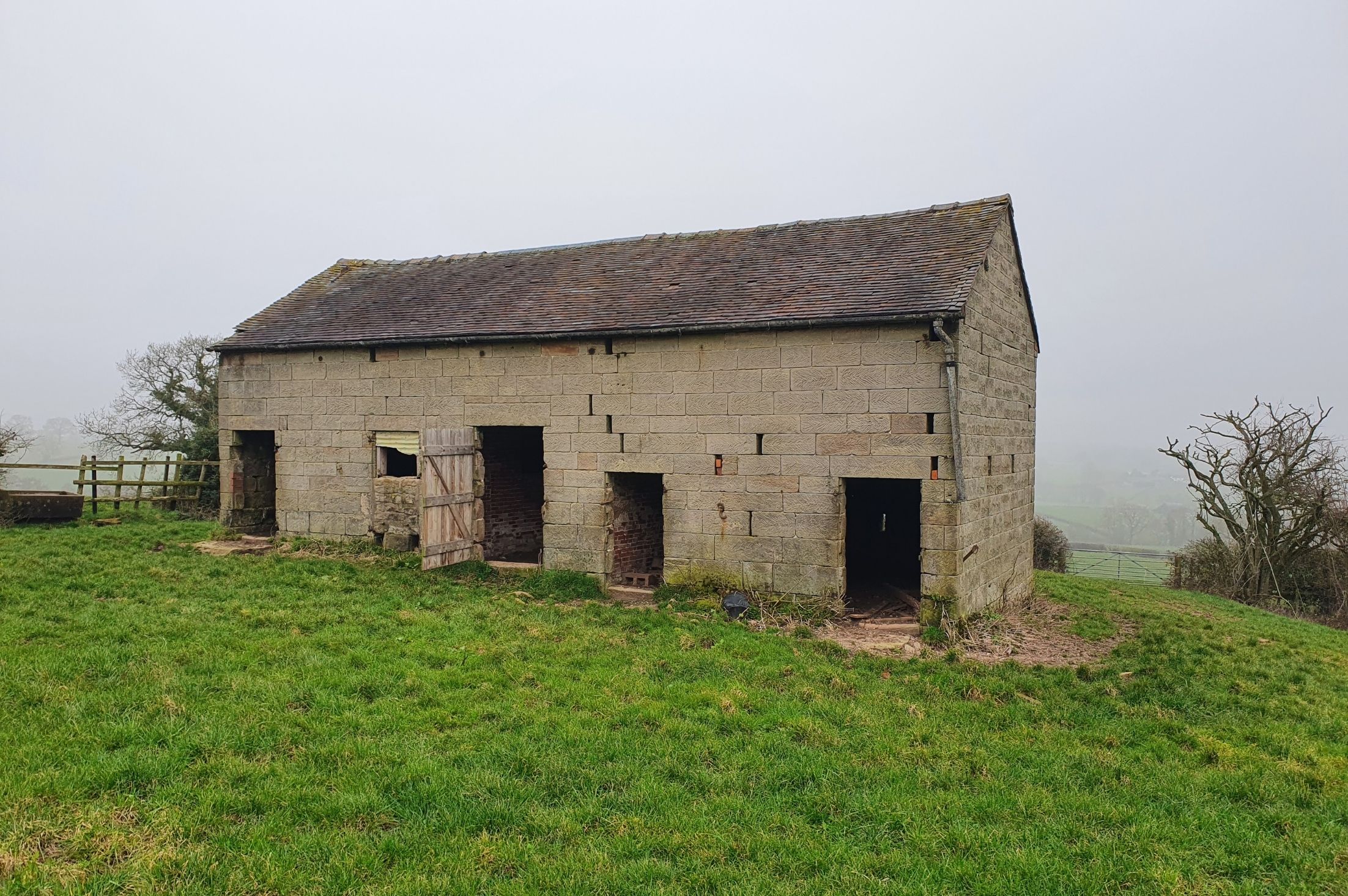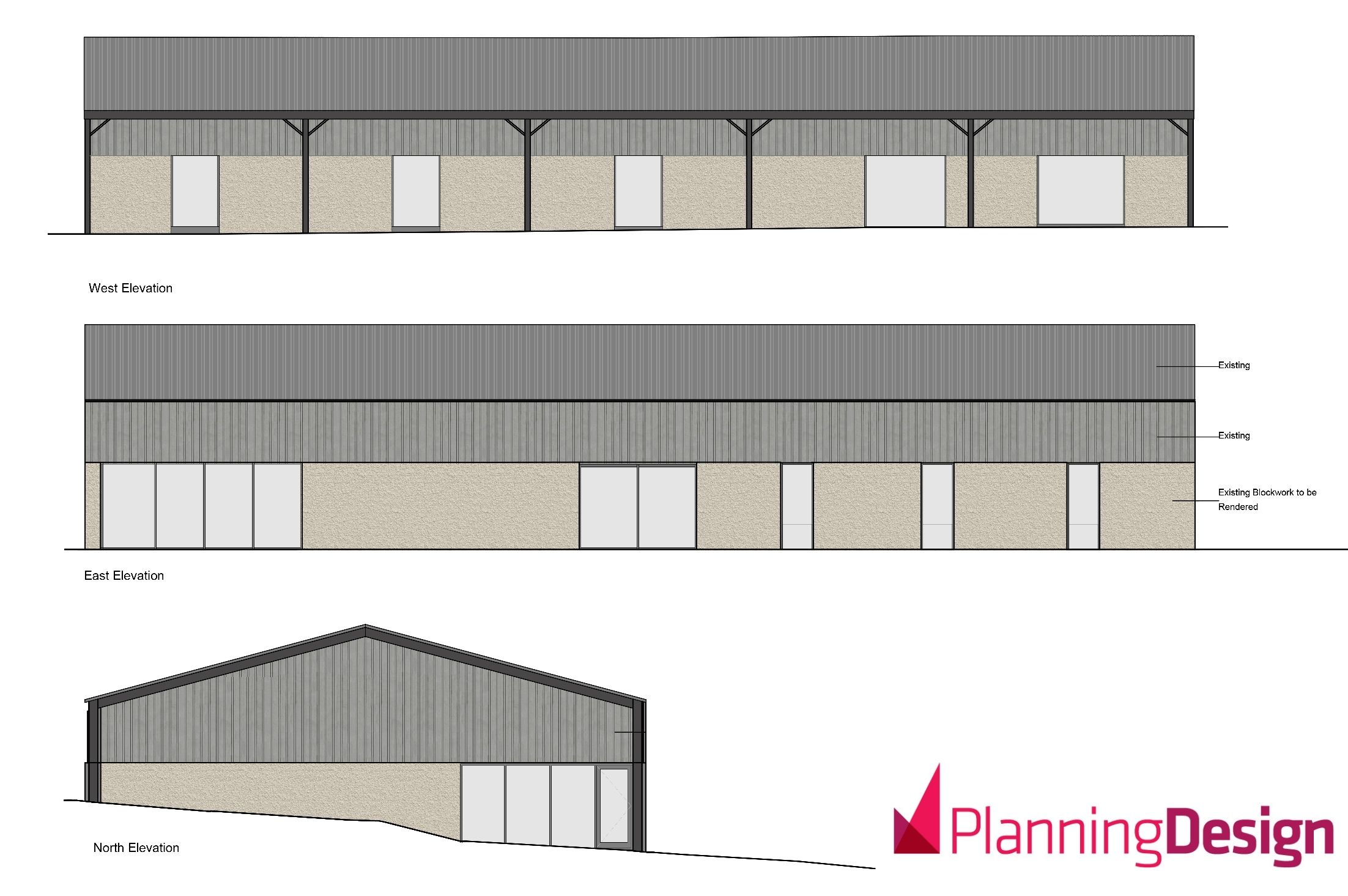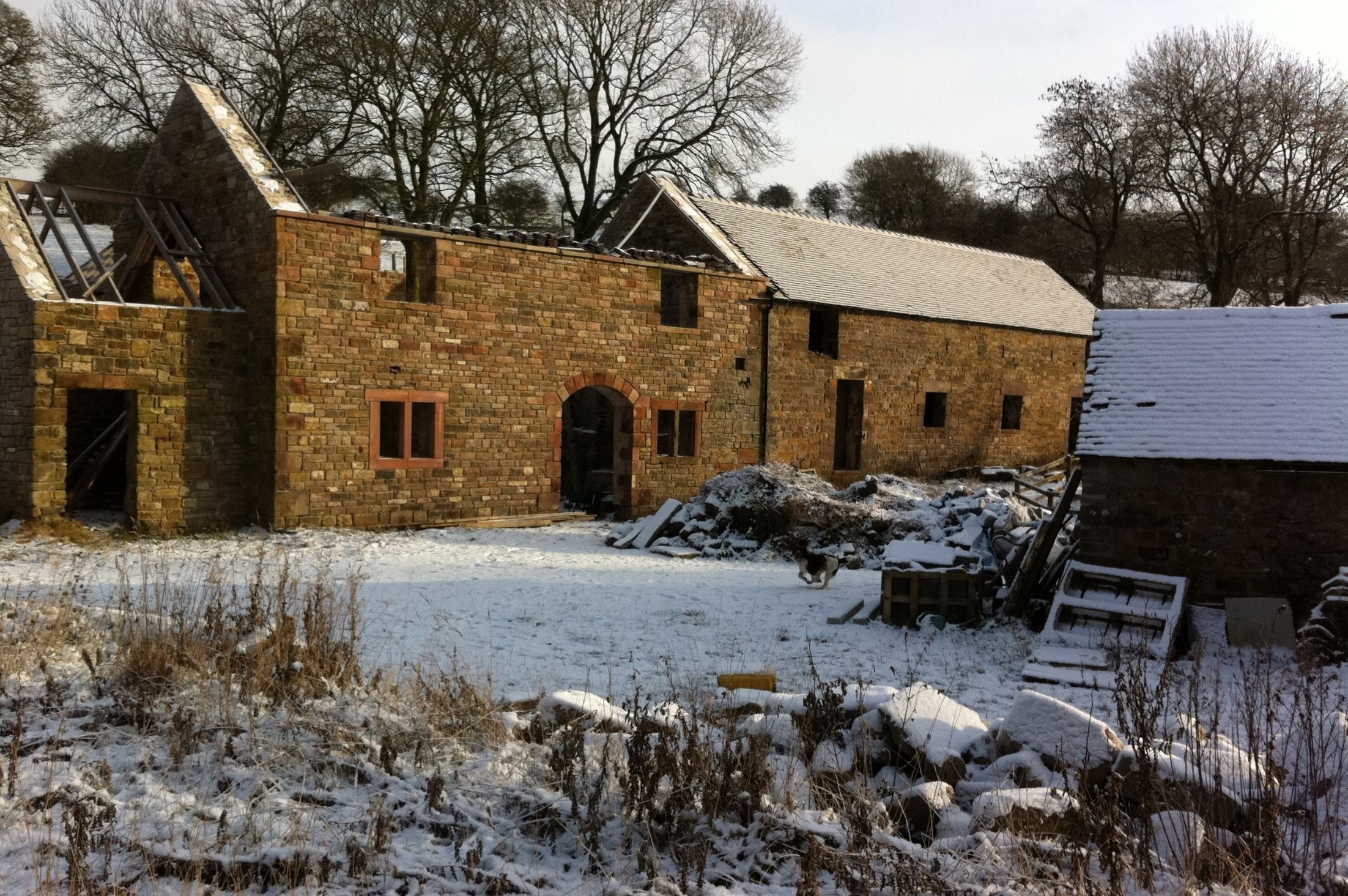Planning & Design Practice celebrate another Class Q success, having secured planning permission to convert a large, modern agricultural building to provide two new dwellings, and a swimming pool as part of a wider plan to redevelop a farm they are associated with. The site lies in Staffordshire, a rural location with views to the surrounding countryside.
The rationale for converting the barns was driven by a desire for our client to live on site and provide a dream home for multi-generational living. As the client was familiar with our work as barn conversion specialists and barn conversion architects, we were asked to prepare and submit a full planning application to address more detailed design concerns, including the internal layout and materials for the barns, as well as alterations to the access and improvements to parking arrangements. They purchased the site with the intention of converting the building and we have worked hard to realise the dream.
The process started with a Class Q application which worked within the size parameters allowed under the legislation. The Council approved the application after we were able to demonstrate that the conversion of the barns to dwellings was wholly within the legislative criteria. Class Q had to be the starting point for the project as it is less restrictive than local plan policies on the type of building that can be converted. This provided us with a ‘fallback’ which secured residential use. When converting the building under Class Q, we are limited in the extent of external alterations we can make to a building. The Class Q permitted development right only permits those works which are reasonably necessary for the conversion of the building. The key to the aesthetic of these buildings is that you work with the fabric of the existing building, to protect and enhance its agricultural character even once it is in use as a dwelling.
Following approval, we set to work designing the home to meet all of our client’s needs, which wouldn’t be possible under Class Q. The western elevation of the building is proposed to be fully enclosed to provide a pool area, accessible by both properties. The previous Class Q scheme omitted this section of the building, leaving it vacant for future use. The proposed dwellings and pool area will be heated via a ground source heat pump. In addition to this, the building will have solar panels sited on the East facing roof slope. Both of which go beyond the scope of Class Q.
Externally, the proposed design is not significantly different from the approved Class Q. The ridge of the north elevation of the building is proposed to be raised to provide a more coherent roof form. Externally the timber cladding combined with the use of reclaimed, local brick to externally clad the building will ensure that the proposed development is more in keeping the character and appearance of the area and represents a significant improvement on the existing block work and sheet cladding.
The proposed internal layout of the barns was designed to provide future occupiers with a comfortable and practical new home. One barn will have three bedrooms and the other will have four bedrooms, both will have open plan kitchen living dinning space which include a significant amount of natural light to enter the building via a double height space they will give a real sense of openness within the budling, and frames view out into the surrounding countryside.
We are excited to see works progress on site which have already begun.
We have vast experience of working on barn conversions both via full planning and/or prior approval (Class Q) application routes. For a free, no obligation consultation to discuss your project, please don’t hesitate to get in touch.
